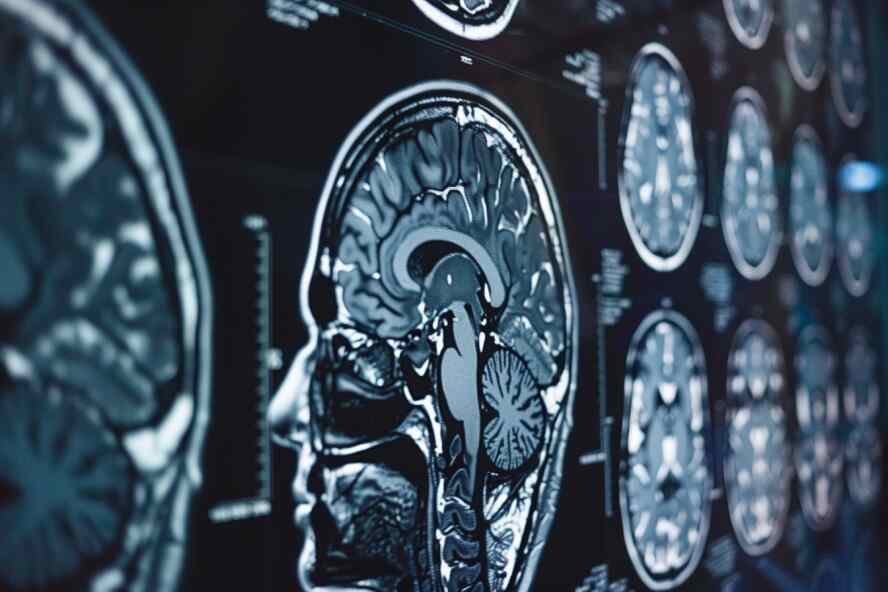Thriving After a Traumatic Brain Injury | TBI Survivor
Traumatic brain injuries (TBI) can transform lives in the blink of an eye, but the journey of recovery can also bring about profound transformations, embodying resilience, determination, and hope.
This article sheds light on what TBI survivor, its implications, and how one can navigate the path of recovery, illustrated through the inspiring example of a survivor’s journey.
Understanding Traumatic Brain Injury
A Traumatic Brain Injury (TBI) occurs when an external force causes brain dysfunction, often resulting from a blow to the head or a severe jolt. This can range from a mild concussion, causing temporary dysfunction of brain cells, to more severe impacts leading to bruising, torn tissues, bleeding, and other physical damage to the brain that can result in long-term complications or death.
Symptoms of Traumatic Brain Injury (TBI) can range from mild to severe. Concussions are a mild form of TBI. Although the effects of a concussion can be serious, most people can fully recover over time. On the other hand, more severe TBIs can lead to serious physical and psychological disorders, including coma and death.
Types of TBIs
TBIs are classified into three categories based on their severity: mild, moderate, and severe. A mild TBI or concussion might cause temporary symptoms such as headaches, confusion, and dizziness, often resolving with rest and proper care. Moderate and severe TBIs, however, can lead to prolonged or permanent issues affecting cognitive function, motor skills, sensation, and emotional regulation.
Recovery and Rehabilitation
Recovery from TBI varies greatly among individuals, depending on the severity of the injury and the part of the brain affected. Rehabilitation might include physical therapy, speech and language therapy, psychology, and occupational therapy. It’s a journey of patience, as improvements can continue for years after the injury.
What happens next?
Getting hurt like this can change a lot for someone. They might not be able to do things they used to do, like work or play sports. They might also feel sad or mad more easily. That’s because the brain controls how we think, move, and feel.
Getting better
Getting better from a brain injury can take a long time. Doctors, nurses, and other helpers can work with someone to help them get stronger. They might help them learn how to walk or talk again, or how to feel happier.
Staying safe
It’s really important to keep our brains safe. Wearing helmets when riding bikes, buckling seat belts in cars, and making sure places are safe to work and play can help stop brain injuries from happening.
Helping out
People with brain injuries need a lot of support from their families and friends. Being patient and helping them out can make a big difference. It’s like being part of a team where everyone helps each other feel better.
So, brain injuries are serious, but with the right help and care, people can get better. And we all can do our part to keep our brains safe!
Sources: Centers for Disease Control and Prevention (.gov), PinterPandai, ABCT – Association for Behavioral and Cognitive Therapies
Photo powered by Midjourney
Human Brain: How It Works and Ways to Improve Your Cognitive Function
